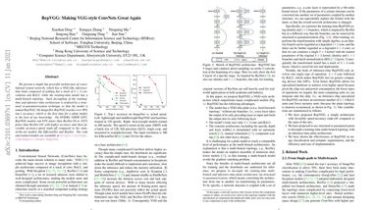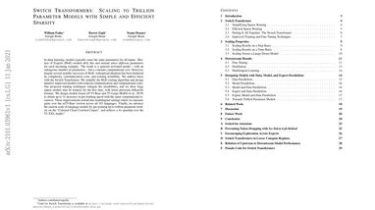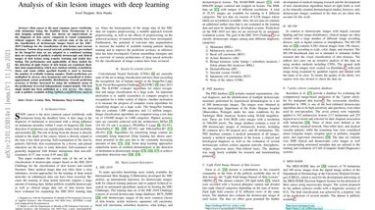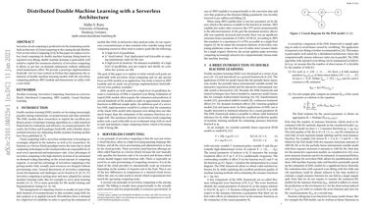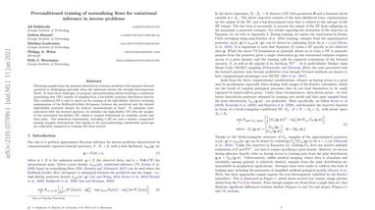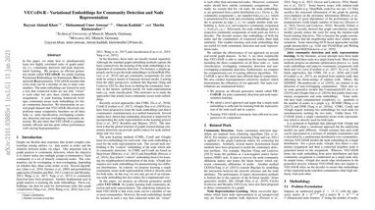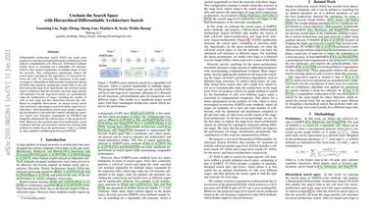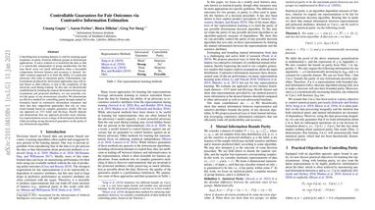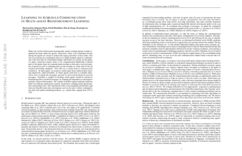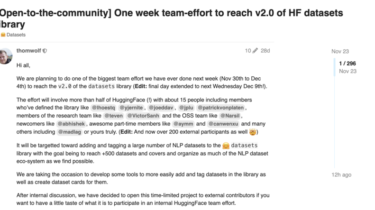RepVGG: Making VGG-style ConvNets Great Again
We present a simple but powerful architecture of convolutional neural network, which has a VGG-like inference-time body composed of nothing but a stack of 3×3 convolution and ReLU, while the training-time model has a multi-branch topology. Such decoupling of the training-time and inference-time architecture is realized by a structural re-parameterization technique so that the model is named RepVGG… On ImageNet, RepVGG reaches over 80% top-1 accuracy, which is the first time for a plain model, to the best of our […]
Read more